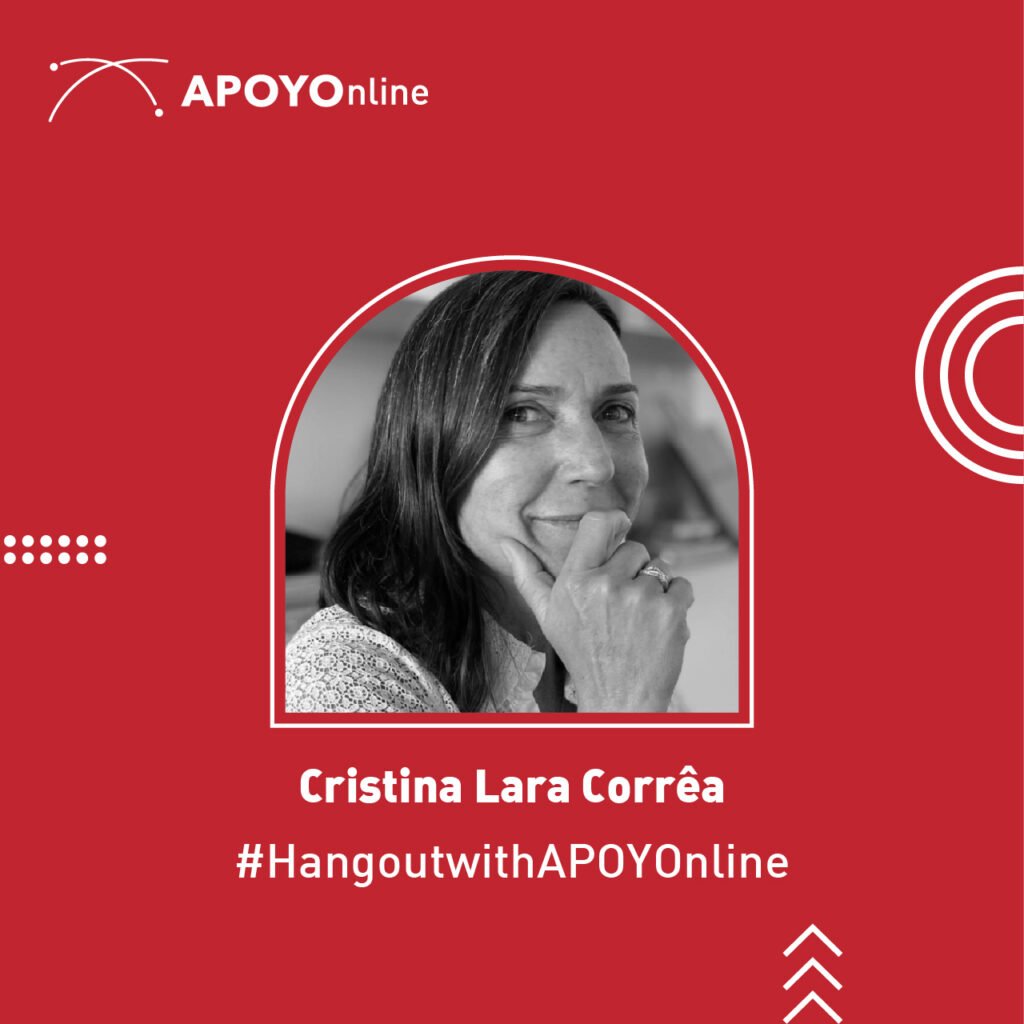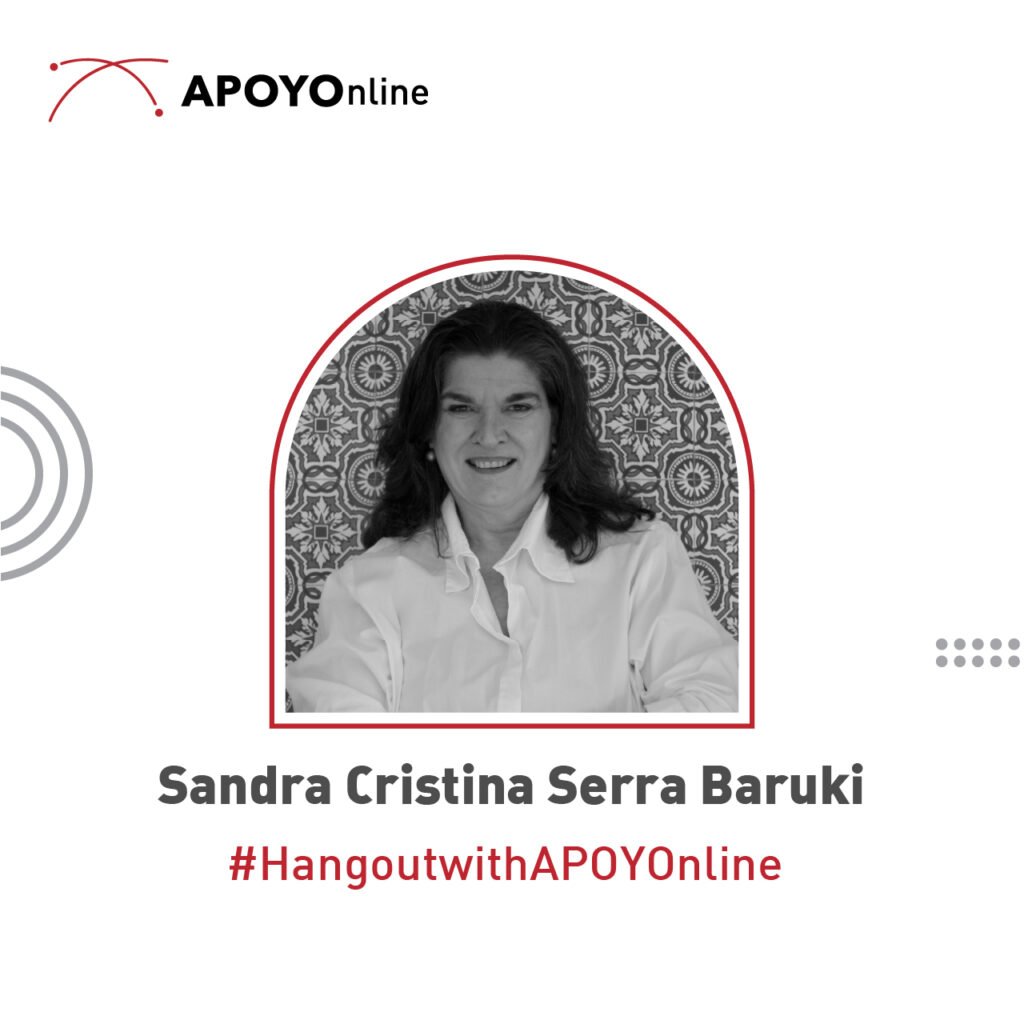And today we will have another excellent statement from the #Youngpreservationprofessionals series with Conservator-Restorer Susana Cerqueira Santos!

I have a degree in Conservation and Restoration from the School of Fine Arts at UFRJ, I graduated in the first months of the Covid 19 pandemic, in July 2020, everything was still very uncertain. My research for the course conclusion work permeated the field of Conservation Science, where I investigated the feasibility of using drugs as corrosion inhibitors for bronze sculptures at the Laboratory of Studies in Conservation Sciences (LECIC/EBA/UFRJ) and the Interdisciplinary Group of Education, Electrochemistry, Health, Environment and Art (GIEESAA/IQ/UFRJ).
Both UFRJ laboratories, created from the desire to research and disseminate studies, but with little support from the institutions. Currently, universities seek to fund the basic maintenance budget of their buildings, which is exacerbated by the dismantling of public education in recent years, as seen in the decrease in funds intended for this, as well as for research bodies. Young professionals who seek to continue in academic research suffer from low remuneration for their work. However, despite the dismantling, public universities train qualified professionals to act in the preservation of cultural heritage. For example, the National Museum, which was fatally destroyed by flames in 2018, was my first contact with Conservation and Restoration and that led to my graduation at UFRJ.
At the National Museum there are Heritage Education practices, which I believe to be one of the greatest mechanisms for promoting heritage preservation. During the academic research that I developed at UFRJ, I presented several works at meetings and seminars in the area, which was fundamental to understand the paths that are taken by working professionals and to reflect on what my professional performance would be like. In this path I won honorable mentions for the works presented.
My professional performance started a little before my bachelor’s degree, I was a Restoration Assistant in the historic buildings of Fiocruz, I also participated in short projects in different institutions in Rio de Janeiro. As in the conservation of the assets integrated in the main facade of the Ministry of Economy, in the curative conservation of the documentary set referring to the Independence of Brazil in the Historical and Diplomatic Museum of the Itamaraty, in the restoration of the modernist panel in a residential building and in the stone masonry wall of the Jardim Botanical, among others. Working on temporary projects, in recent times, is the way in which young graduates enter their professional careers, working with multidisciplinary teams.
The little investment by governments in preservation results in the degradation of Brazilian heritage that tries to remedy the huge gap of professionals in institutions with projects that solve part of the problem. I have worked with different types of materials, I have collections on paper, goods integrated into architecture and sculptures. Considering the current job offer, young professionals must seek to improve their knowledge in a wide range of materials to be able to enter the market and must update themselves frequently.
Since the profession is not yet regulated in Brazil, we, young professionals, have the mission to publicize and fight for by the bill No. 1183/2019 of Regulation of the profession of Conservator-Restorer, as well as the technician in conservation-restoration. We see numerous interventions made by professionals from other areas, who despite the desire to preserve cultural heritage, do not apply the basic concepts of Conservation-Restoration. This way we can guarantee that the cultural heritage will be properly preserved for the next generations and that we will have the necessary recognition to work.




